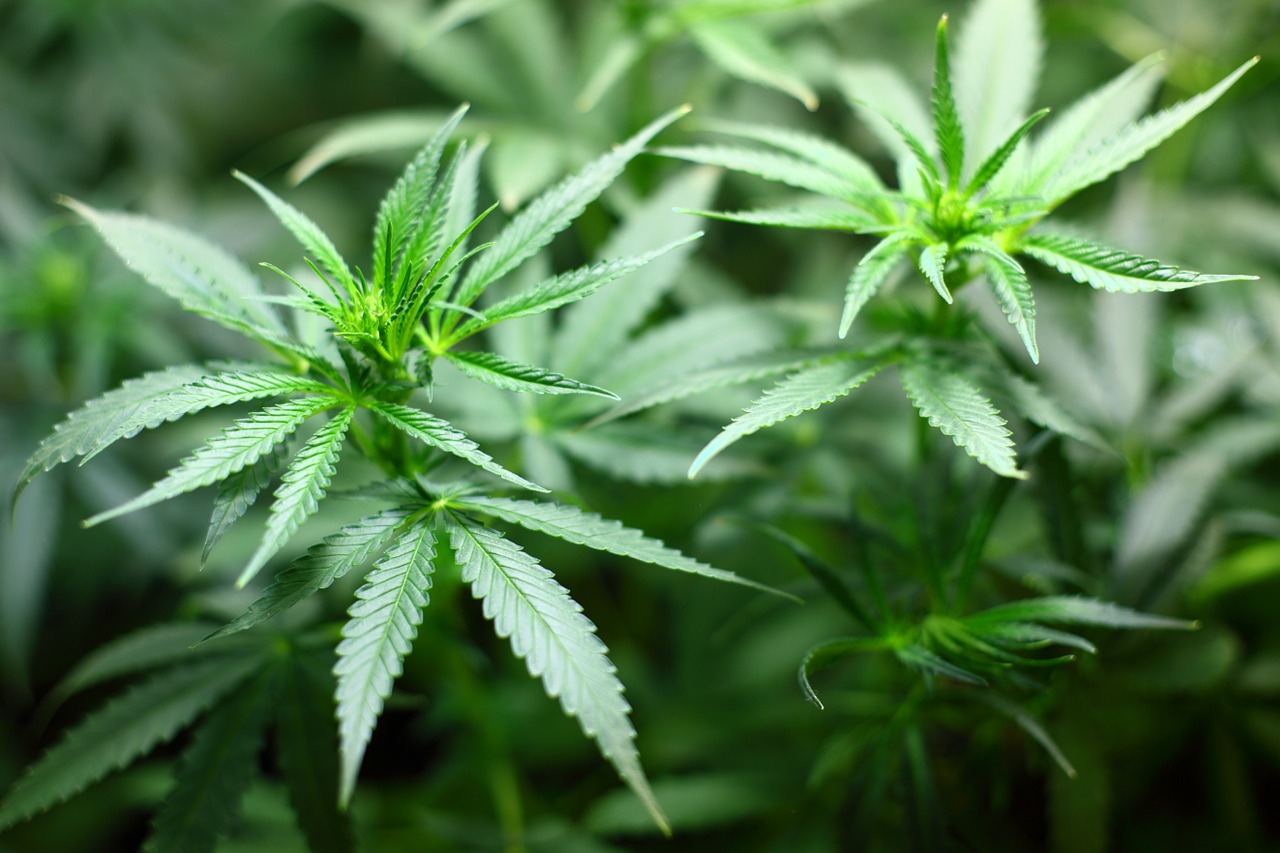According to Pew Research, only one in ten American adults believe marijuana should not at all be legal. Meanwhile, an estimated half of all U.S. adults have tried marijuana and approximately 15.9% are current users. Many of us also think that marijuana is good for the local economy.
From the following map, you can see that marijuana numbers are big. Affecting 54 % of the U.S. population, close to three-quarters of U.S. states have said yes to legalizing medical and/or recreational marijuana:

But, saying yes to marijuana, many of us did not expect its smell would become a problem.
Marijuana Smell Tests
Our story starts with a first-ever lawsuit. In Washington D.C., a woman sued her neighbor for creating a marijuana smell that made her ill. (Actually, as we have seen at econlife, here and here, people have been sued for smells.) Responding, the judge prohibited the defendant from not only smoking pot in his apartment but also within 25 feet of her home.
In this case, the judge entered odor law territory. Chock full of dilemmas, odor rights exist whenever people use weed. They create questions about where the law should let us create a smell that could bother others. In New York City, no-smoking zones, like the beach and parks, are the same for marijuana and cigarettes. As for traffic law, we can ask if a whiff of pot lets an officer pull a driver to the side of the road.
Furthermore, marijuana cultivation has a “pungent odor” that becomes more intense when the plants flower. As a result, nuisance complaints from pot farm neighbors have increased. Some worry that cannabis odors signal emissions that affect the ozone layer while others report eye irritation and breathing difficulty. Trying to sidestep future litigation, the Cannabis Association for Responsible Producers (CARP) has initiated odor mitigation procedures.
Our Bottom Line: Externalities
As economists, we can head straight to externalities. Because they have an impact on a third, uninvolved party, marijuana odors have negative externalities. Typically then, as with air pollution or loud music in a dormitory, the authorities create regulations that reduce their harm.
Still though, with weed, we are not positive if the harm is just someone perceiving an unpleasant smell or more.
My sources and more: Thanks to Bloomberg (somehow ungated) for inspiring today’s post. My first step though was to look back at econlife, here and here, and at Pew Research . And then, this paper provided the academic perspective.






